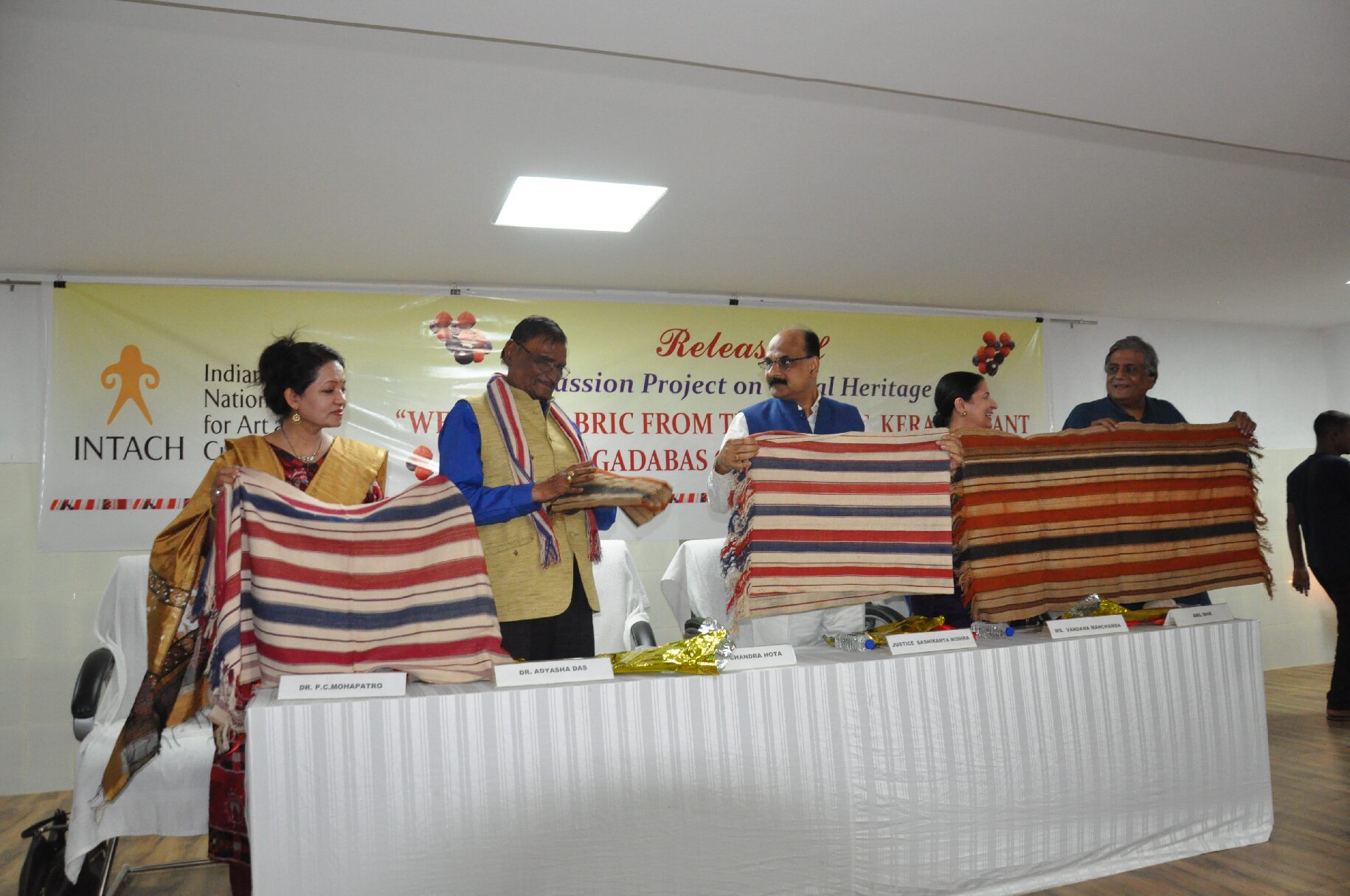While constructing the approved coastal highway, the government can simultaneously have a second look for the left out portion of about 100 km in the south coastal Odisha in the alternative routes; discussing with environmental experts, general public and elected representatives.
Odisha has a coast line of 480 Kms extending from Bahuda river mouth in South to Bhograi coast in North. The entire coast is subjected to repeated cyclones & floods damaging crops, loss of human lives, livestock, electrical installations, roads and buildings, dwelling houses etc. Evacuation, rescue and relief operations, rehabilitation and reconstruction is a big challenge for our Government. The super cyclone of October 1999 has swept the entire 480 kms coast line in successive two phases and killed several thousands of human beings, animalstock, damaging crops, public properties etc which has adversely affected the state’s economy. Due to non existence of a good highway along the coast, the Govt. was hard pressed for relief and rescue operations, reconstruction activities etc. The subsequent cyclones Phailin, Fani, Tittli, Bulbul, HudHud, Amphan, have wreaked immense havoc impeding the progress of the state. The state Govt. and the people living along the coast felt the necessity of a good road along the coast and have been raising their demand for a highway along the entire coast for quite some time. Fortunately, in 2015, Govt. of India came up with a scheme called “Bharata Mala Pariyojana” to construct highways along the coastal track of our country. Under the Scheme Govt. of India proposed to construct a highway from Gopalpur in South to Digha in north covering a total of 450 kms along Odisha Coast.
 The purpose of the coastal highway is primarily meant for development of infrastructure and industrial activities leading to economic and inclusive growth of the coastal track, to develop tourism, to connect all ports and facilitate movement of agriculture and pisci-culture products to various ports, reduce traffic load on NH 16, to provide protective barrier for the vulnerable sea side villages during cyclones and floods, speedy evacuation of valuable lives, movement of relief, rescue, rehabilitation and reconstruction operations etc.
The purpose of the coastal highway is primarily meant for development of infrastructure and industrial activities leading to economic and inclusive growth of the coastal track, to develop tourism, to connect all ports and facilitate movement of agriculture and pisci-culture products to various ports, reduce traffic load on NH 16, to provide protective barrier for the vulnerable sea side villages during cyclones and floods, speedy evacuation of valuable lives, movement of relief, rescue, rehabilitation and reconstruction operations etc.
Since 2015, NHAI and State Govt. Officials have been regularly discussing on the alignment of the highway from Gopalpur to Digha. It was noticed that the alignment was affecting several eco-sensitive zones and valuable beach sand mineral deposits viz IREL mines at Chatrapur, Tampara lake, Rushikulya mass nesting site of Turtles, Chilika lake, Balukhanda, wildlife sanctuary, Gahirmatha turtle nesting beach, Bhitarkanika National Park etc located on the coastal track.It is imperative that the Bio Diversity and Eco Sensitive zones are maintained and called for a change in the route for the highway. The finalization of the alignment was struck up for about 6 years. After several rounds of discussions and addressing the environmental issues the alignment was finalized in the 1st week of August 2021 by eliminating the entire south coast from Satapada to Gopalpur. It has now been decided to have the coastal highway originating from Tangi on NH16 to Bramhagiri passing by the side of Chilika lake and then to Satapada and Puri, Konark, Astaranga, Nuagaon, Paradip, Ratanpur, Satbhaya, Dhamara, Basudevpur, Chandipur, Digha by eliminating ecosensitive areas. The proposed highway will be constructed in two phases i.e. phase 1 between Tangi to Ratanpur (177 km) and phase 2 between Ratanpur to Digha (171 km). In the process, the length of the coastal highway in Odisha has been reduced from 450 km to 348 km and the state lost 102 kms of central funded highway costing about Rs. 3000 Crores. By such a truncated highway, the purpose for which the coastal highway was initially planned will now be fulfilled partially. The South coast has a sea port at Gopalpur and tourism spots at Patisonapur, Gopalpur, Tampara & Potagada will be deprived of the benefits of the coastal highway. Also the coast is regularly affected by cyclones. For evacuation, rescue and rehabilitation the highway would have helped the administration greatly. All is not lost even now. There are various alternatives which can be considered to extend about 100 km of Coastal Highway form Gopalpur to Tangi / Bhusandapur or from Gopalpur to Satapada avoiding most of the ecosensitive zones. By doings so, the entire coast line of the state will have the coastal highway at the expenses of central Govt. which will bring prosperity to the entire coastal track of the state.
While constructing the approved coastal highway from Tangi to Digha, Govt. can simultaneously have a second look for the left out portion of about 100 km in the south coast by proper survey in the alternative routes as well as discussing with environmental experts, general public and elected representatives.
As an alternative route originating from Gopalpur, the coastal highway can be aligned and upgraded the existing road from Gopalpur – Haripur – IREL colony road – cross NH 16 to Ghadaghada Palli PHED road leading to Madhapur – Hansapur river bridge on Rushikulya river – touch state highway (Humma – Purushottampur) – to Humma – Palur – and then by the side of Chilika lake go to Gajapatinagar – Gaurang Patna – behind Rambha railway station – Sabuliya – Keshpur – Pathara – Langeleswar – Balugaon – Gangadharpur – Soran – Kalupadaghat – Bhusandpur – merge with the present approved Tangi – Bramhagiri road. This will avoid touching IREL mineral deposits, Tampara lake as well as Rushikulya Turtle nestingzone in the south coast as well as avoiding any bridge on the Chilika Lake. This highway will go by the side of northern shore of Chilika lake without entering the water zone and will provide a panoramic view to the travellers.
As a second alternative the above suggested road from Gopalpur – Madhapur – Hansapur Rushikulya river bridge upto Humma – Palur can be the common alignment and from Palur to Janhikuda on the bank of Chilika lake, the existing road can be upgraded. The controversy for constructing a bridge on Chilika lake from Janhikuda to Satapada can be addressed by taking opinion from environmental experts by implementing no horn zone on the bridge as well as installing sound absorbers to avoid noise pollution. As of now ferry service is available which makes several trips between Janhikuda and Satapada. This ferry service also generates lot of noise and pollution during its movement besides posing threat to marine species during the rotation of the propeller blades and displacement of water. A permanent bridge from Janhikuda to Satapada will certainly be a better option for all time to come except for some disturbances during construction work only. The bridge between Janhikuda and Satpara will not cause any damage to the ecology and environment of the lake as apprehended. Government’s original plan of a coastal highway from Gopalpur to Digha can become a reality by putting sincere efforts by all the stakeholders in the larger interest of the entire south coastal track and the state in general.






































